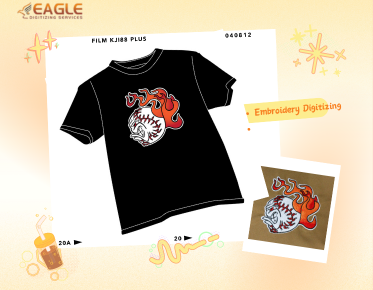Traditional vs. Digital Screen Printing Techniques: How to Choose the Best San Marcos T-Shirt Printing Method for Your Needs
In the realm of t-shirt printing, especially in vibrant cities like San Marcos, choosing the right technique is crucial. Whether you're a business owner looking to create custom merchandise or an artist aiming to bring your designs to life, understanding the nuances between traditional and digital screen printing techniques can significantly impact your project's outcome.
The Classic Charm of Traditional Screen Printing
Traditional screen printing, one of the oldest techniques in the printing world, involves creating a stencil (screen) and using it to apply ink onto the printing surface. This method is lauded for its durability and vibrant color output across large batches. For those in San Marcos, where community events and bulk promotions are common, this can be an ideal choice.
Advantages
Some advantages of traditional screen printing include consistency in large orders, the ability to print on a variety of materials, and cost effectiveness at scale. This method is particularly beneficial for designs that require a classic, timeless look.
Drawbacks
However, traditional screen printing comes with limitations, such as a longer set-up time and less suitability for intricate designs or smaller orders. Environmental concerns may also arise due to the chemicals used in the process.
The Digital Revolution: Digital Screen Printing
Digital screen printing is a relatively newer technique that offers a more flexible approach to t-shirt design. This method allows for on-demand printing with photographic calmness, catering to the modern desire for more personalized items.
Why Choose Digital?
The primary advantage of digital screen printing is its capability to handle complex designs with ease. The setup is quicker, and it supports smaller batches economically, which can be a boon for San Marcos' creative businesses and startups aiming for intricate designs or prototype products.
Vector conversion services, like those provided by Eagle Digitizing, also play an essential role in the digital printing process. They help translate your creative designs into print-ready formats, maintaining high quality and detail.Factors to Consider When Choosing a Printing Method
The decision between traditional and digital printing should consider several factors such as design complexity, budget, order size, and environmental impact. If your design involves numerous colors or intricate patterns, digital screen printing, supported by services like vector art conversion, is ideal. Conversely, for straightforward designs aimed at mass production, traditional methods might be more appropriate.
Environmental Considerations
Moreover, in eco-conscious markets like San Marcos, it's vital to consider the environmental footprint of your printing choice. Digital printing generally consumes fewer natural resources and chemicals, presenting a greener footprint.
Cost Implications
Another critical consideration is cost. While traditional screen printing can be cost-effective for large quantities, digital printing might offer superior cost-effectiveness for smaller runs or on-demand services.
Concluding Thoughts: Setting the Trend in San Marcos
Both traditional and digital screen printing offer distinct advantages that cater to different needs within the San Marcos community. As you choose a printing method, consider your specific needs and the potential impact of your choice on quality, budget, and the environment.
Looking towards the future, integration of digital technologies and sustainable practices promises to reshape the t-shirt printing industry. As businesses and individuals, staying informed and adaptable is key to success in this dynamic landscape.


